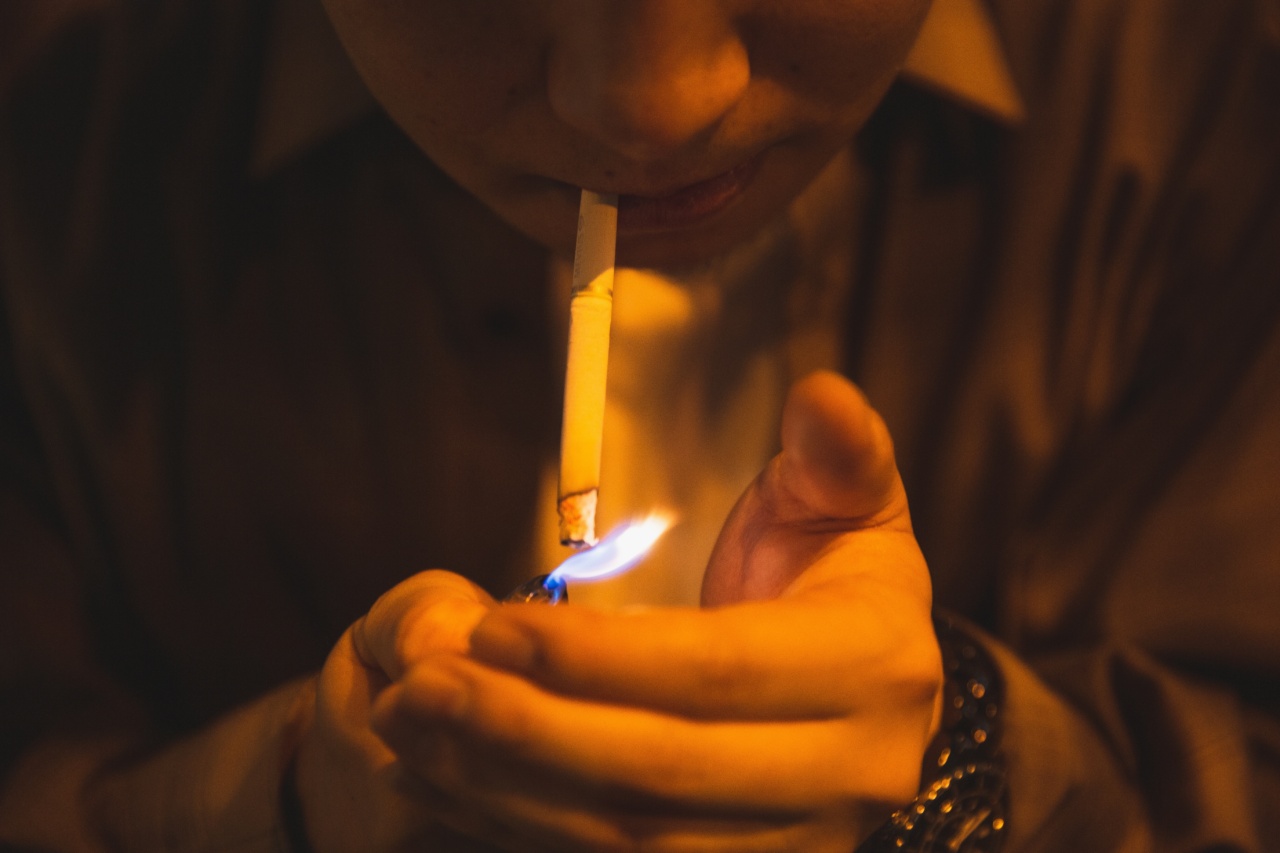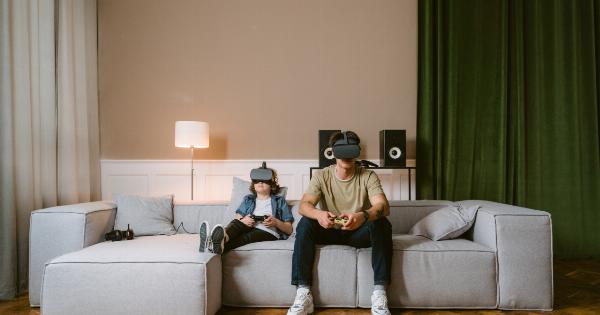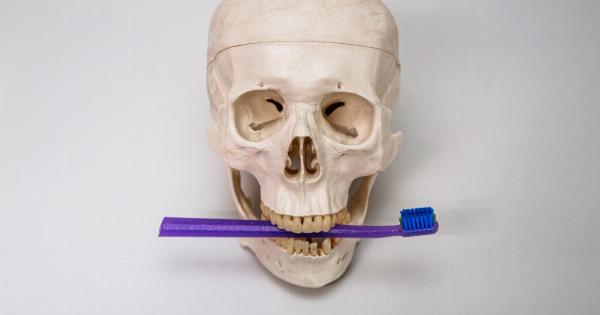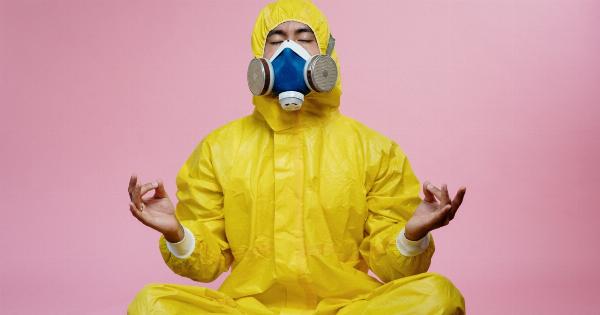Low light exposure has become a significant concern in today’s modern lifestyle. With the advent of technology and the increasing amount of time spent indoors, individuals are spending less time in natural light.
This lack of exposure to adequate light sources can have several detrimental effects on physical and mental health, with depression being one of the potential risks.
The Link between Light and Mood
Light plays a crucial role in regulating circadian rhythm, which is the body’s natural internal clock. This internal clock influences various biological processes, including sleep-wake cycles, hormone production, and mood regulation.
Exposure to natural light helps in synchronizing the circadian rhythm, promoting a sense of well-being and improved mood.
Research has shown that light has a direct impact on the brain’s serotonin production, commonly referred to as the “feel-good” hormone.
Low light levels can lead to decreased serotonin levels, which are often associated with depressive symptoms. Sunlight exposure is also known to stimulate the release of endorphins, which are natural mood enhancers.
The Importance of Light for Mental Health
1. Seasonal Affective Disorder (SAD):.
SAD is a type of depression that occurs during specific seasons, typically winter when there is reduced natural light exposure.
The exact cause of SAD is not fully understood, but it is believed to be linked to the disruption of the body’s internal clock due to limited daylight. Light therapy, which involves exposure to bright artificial light, is a common treatment for SAD and has been shown to alleviate symptoms in many individuals.
2. Non-seasonal Depression:.
While the majority of depression cases are not specifically linked to seasonal changes, low light exposure can still increase the risk of developing non-seasonal depression.
Lack of sunlight can disrupt the body’s natural rhythms and affect the regulation of various neurotransmitters, including serotonin and dopamine. Reduced levels of these neurotransmitters are often associated with depression.
Impact of Light on Sleep Patterns
Proper light exposure directly affects the quality and duration of sleep. The circadian rhythm, influenced by light, helps regulate the sleep-wake cycle.
Exposure to natural light during the day promotes alertness and wakefulness, while inadequate light exposure can disrupt this cycle, leading to sleep disturbances and insomnia.
Artificial light sources, particularly blue light emitted by electronic devices such as smartphones, tablets, and computers, can further disrupt sleep patterns.
Prolonged exposure to blue light in the evening suppresses the production of melatonin, a hormone that regulates sleep, making it harder to fall asleep and maintain restful sleep throughout the night. Sleep disturbances are strongly associated with an increased risk of depression.
The Role of Light in Vitamin D Production
Sunlight exposure is essential for the production of vitamin D in the body. Vitamin D deficiency has been associated with several physical and mental health conditions, including depression.
Low levels of vitamin D have been found in individuals with depressive symptoms, and supplementation with vitamin D has shown a positive impact on mood improvement.
Vitamin D plays a crucial role in brain function and the regulation of serotonin levels. It is believed that vitamin D receptors in areas of the brain involved in the regulation of mood are responsible for its antidepressant effects.
Counteracting Low Light Exposure
1. Increase Natural Light Exposure:.
Spending time outdoors, especially during daylight hours, can significantly improve exposure to natural light.
Going for a walk, exercising outdoors, or simply sitting in a park can help regulate circadian rhythms, boost mood, and enhance overall well-being. It is important to prioritize daily exposure to natural light, especially for individuals who spend long hours indoors.
2. Light Therapy:.
Light therapy involves sitting in front of a specialized lightbox that emits bright, artificial light. This therapy simulates natural sunlight and helps regulate circadian rhythms, reducing symptoms of SAD and non-seasonal depression.
Light therapy should be done under the guidance of a healthcare professional, as improper use may lead to side effects.
3. Sleep Hygiene:.
Creating a sleep-friendly environment and practicing good sleep hygiene can counteract the negative effects of low light exposure on sleep patterns.
Limiting exposure to electronic devices that emit blue light before bedtime, maintaining a consistent sleep schedule, and ensuring the bedroom is dark and quiet can promote quality sleep and reduce the risk of depression.
Conclusion
In today’s modern lifestyle, low light exposure has become a common problem with potential consequences for mental health.
The link between light and mood regulation is well-established, with insufficient natural light exposure increasing the risk of depression. It is crucial to prioritize daily exposure to natural light, especially for individuals who spend most of their time indoors.
Additionally, understanding the impact of artificial light sources, sleep patterns, and the role of vitamin D can help mitigate the risks associated with low light exposure.































